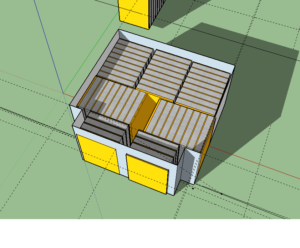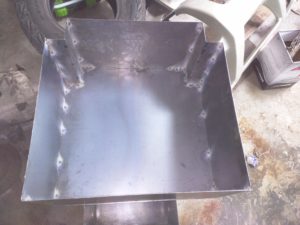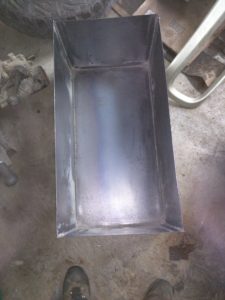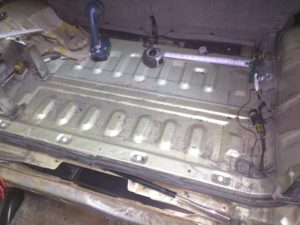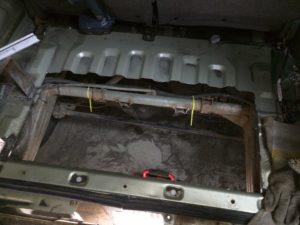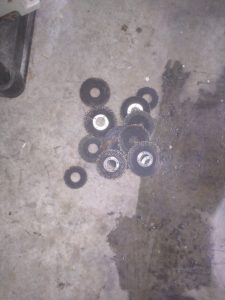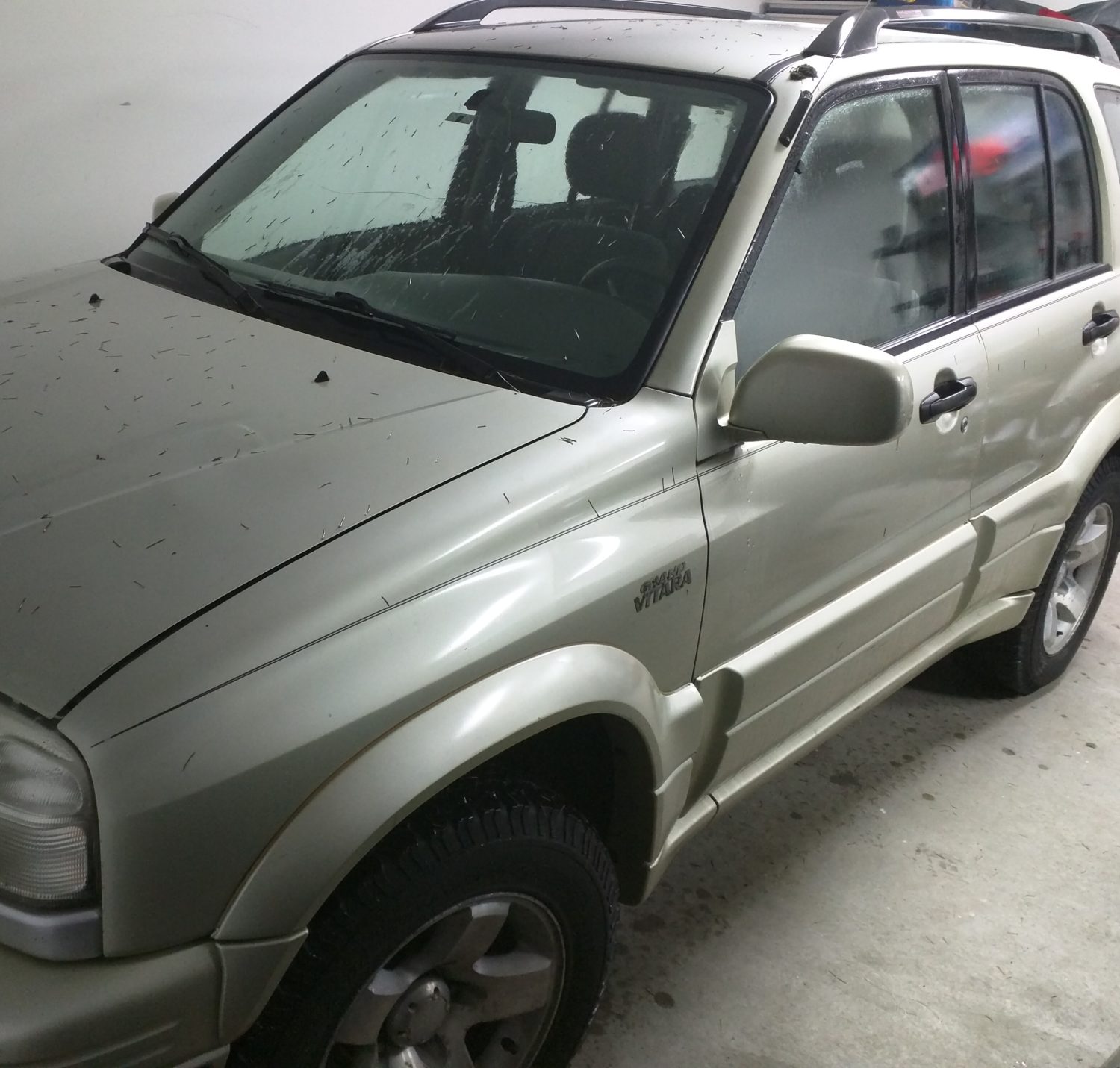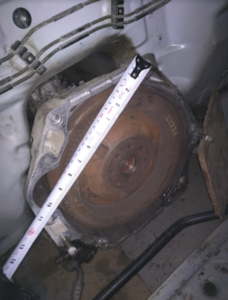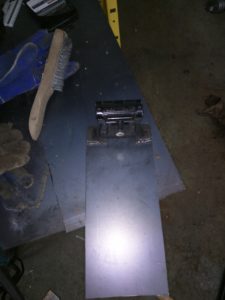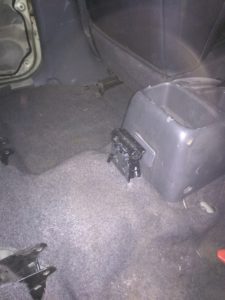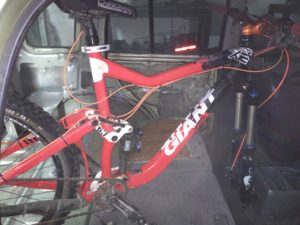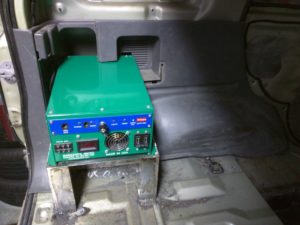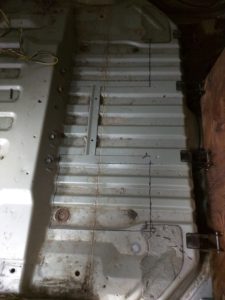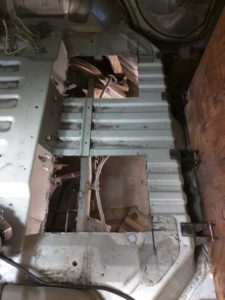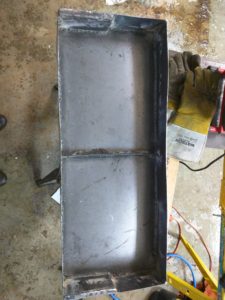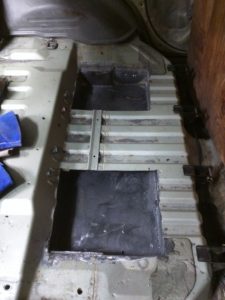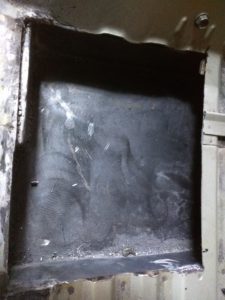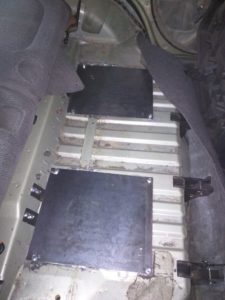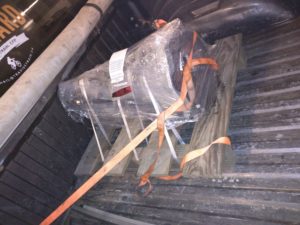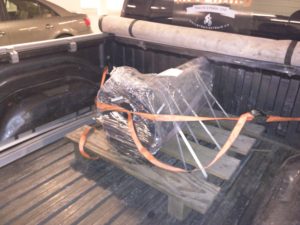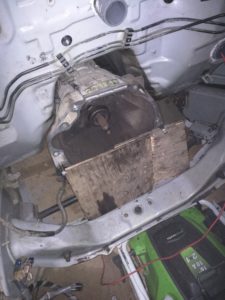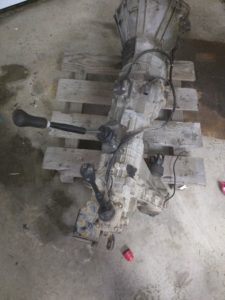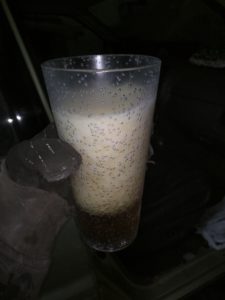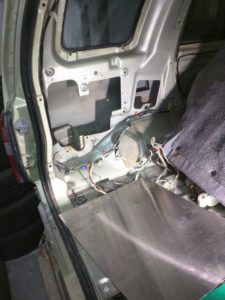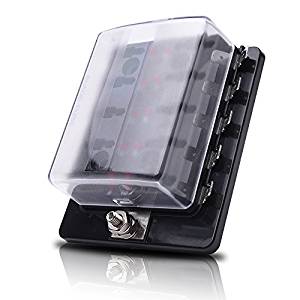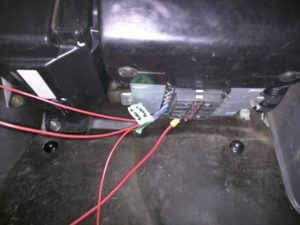I’ve been getting frustrated with not getting anywhere for a while, so I decided to get started. I had the old heater core from the S10, and although it’s not that powerful, it’ll be enough to take the edge off.
So I grabbed the factory service manual and got started ripping the dash off.
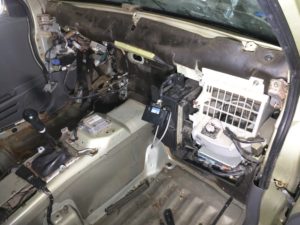
Never had one of these apart… and the FSM told me to disconnect all the A/C lines… well that wasn’t going to happen. That’s one of those “must haves” in my build. Lucky enough though, with the engine out and loosening all the bolts to the A/C Condenser I was able to slide it far enough out of the way to get the heater box off. Then I took the existing core out, and slid in the electric one. I fabbed using some 1/8 inch plastic that I had pulled from the heater box of the S10. Measured it up and slid into place. Put a few bolts in it so it won’t move and voila!
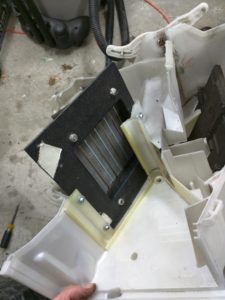
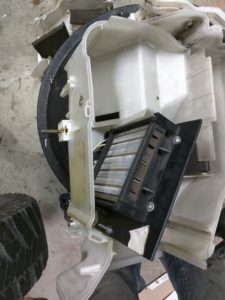
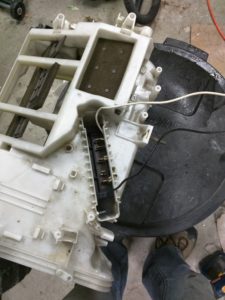
One thing that I didn’t take pictures of unfortunately, is that I have expanded the heating system for a future purchase of a diesel heater. This was something that was mentioned to me from a guy who is a member of SEVA (http://www.seattleeva.org/wp/ – and I don’t use his name only because I haven’t sought permission). He has been super helpful to a rookie like myself. The heating system is a Diesel heater similar to the ones that truckers use for sleeping in their cabs so they don’t need to run their big engine all night. They are relatively expensive ($500 USD) but solve a few problems EV’s have. 1 problem is your heater can burn up to 30% of your pack if it’s on all the time – and range is one of my biggest problems as I drive a lot! 2 is defrosting can be an issue if you don’t run your A/C. This heater solves that.
So because of the cost, I decided to do some research and found this website (http://300mpg.org/imiev-heater-installation/) and decided to cut a hole in my heater box and install an outlet into the engine bay. Most of the time these heaters are used they are put inside the cab and the exhaust and fuel lines are run outside. I don’t have room in the car and I don’t want it sitting out so I will put it in the engine bay. There will be a direct line into the cab, through the fire wall which has now been cut and sealed so hopefully I won’t have to pull the dash again. When I’m ready I can just hook up the heater and away we go!
Last thing I did with the dash off is cut a 40 mm hole in the firewall in an inconspicuous spot and put a set of PVC piping in. This allows me to seal a firewall hole, but have a simple, safe solution for running wires through the firewall. There will be a lot of wires, and I don’t want them getting cut on the steel or having the drill a lot of holes.
Once all that was done, I put the dash back on with the help of a buddy.
